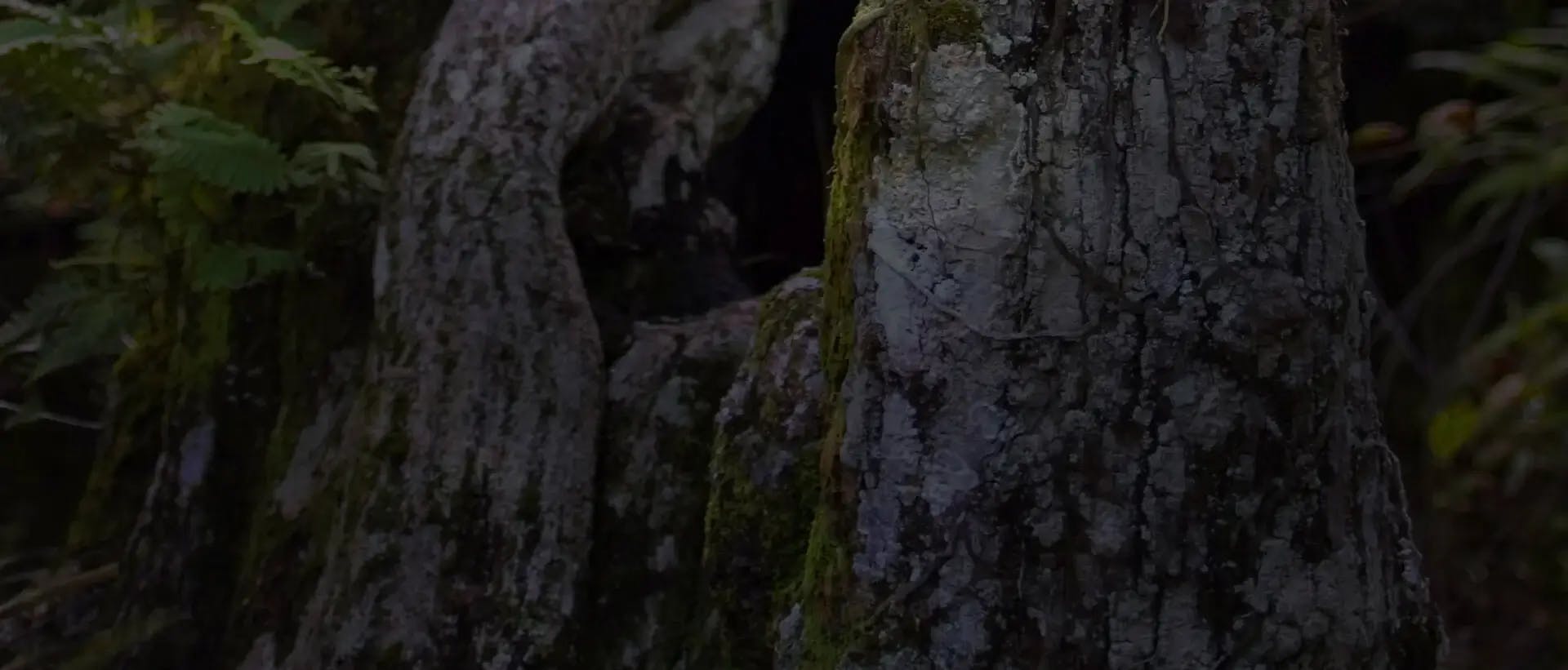

Francisco Miranda

Talks and Abstracts


Brazilian Orchid Habitats- 2 (the interior)

Brazilian Orchid Habitats- 3 (the coast)

Orchids of Rio de Janeiro

Rupicolous Orchids

The Genus Cattleya in Brazil - 1 (country tour)

The Genus Cattleya in Brazil - 2 (species / groups)

The Genus Cattleya in Brazil - 3 (Conservation)

The Genus Laelia in Brazil - 1 (country tour)

The Genus Laelia in Brazil - 2 (the rupicolous laelias)

The Genus Catasetum in Brazil - (country tour)

FREE ACCESS: Orchid DealWire
Get notified when orchid vendors have special promotions and exclusive savings.







